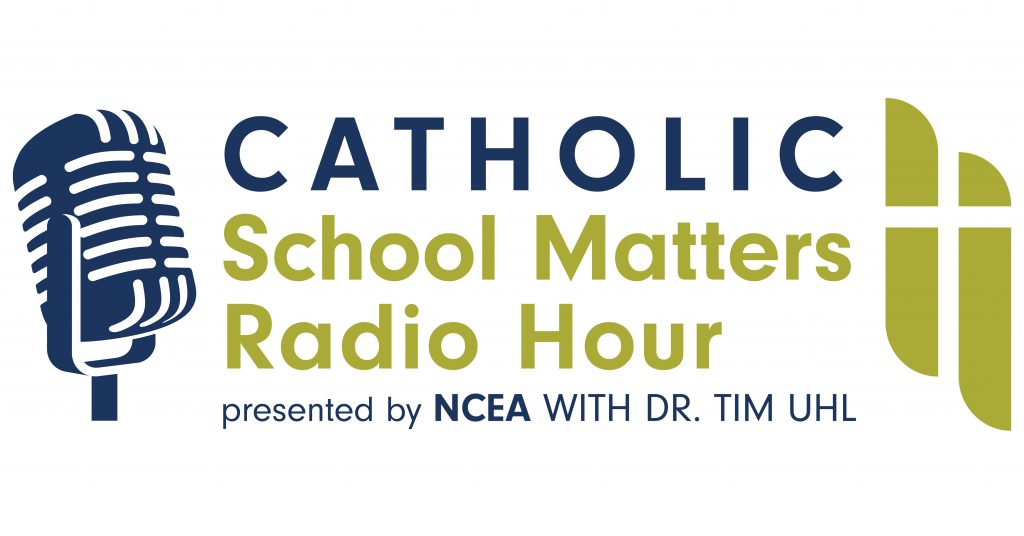
Over Christmas break, I finally read Terrence Deal and Kent Peterson’s Shaping School Culture. I say “finally” because I’ve seen references to the work for years and it’s probably been on my book queue longer than any other book. The first edition came out 20 years ago and it’s easy to see how its influence on the latest generation of school culture books, notably Tim Cook’s Architects of Catholic Culture.
Perhaps the greatest insight was the “bifocal principal” which they define as someone who “thinks structurally and symbolically.” I find their emphasis on structure and symbol much more engaging than what is traditionally defined as management/leadership. How we create meaning for our school communities is symbolic leadership and encompasses the history, rituals, ceremonies, heroes, and stories we tell. Inspired by this insight, I am challenging the Montana Catholic school leaders to come up with a story every month for our meetings. This month, they were challenged to come up with a two minute story about an inspirational teacher.
As Deal and Peterson say, “In this book we examine the varied ways symbolic leaders shape culture to create a cohesive, meaningful, nurturing, social milieu for teachers to teach and students to learn” (17). How many times have you heard Catholic school teachers say, “I teach here because I am happier even though I make less money?” This is perhaps where we could double down and look for improvement—by strengthening and articulating our symbolic leadership.
The bifocal principal must remain focused on both on day-to-day structural tasks as well as the symbolic leadership tasks. In addition, Deal and Peterson challenge school leaders to enter into paradox. “Very few issues in education are either-or, and principals who deal with paradox will find their jobs much less stressful and more rewarding.” (xiii).
The other insight which really stood out was their take on the traditional complaint about schools: “if only they run like businesses.” How many times have you heard this? Deal and Peterson turn this on its head and encourage schools to act more like successful mission-driven businesses, infusing their work with meaning, passion and purpose.
Take a look at this article about the Top 20 business transformations of the last decade and you’ll see plenty of examples of symbolic leadership. Or read this article from The Atlantic about the breakaway Catholic sect that has created a withdrawal experiment in Kansas. They have used symbolic leadership to shape the meaning of their world. Another great culture article I saw lately was about creating strong rules to build a strong culture.
Perhaps the best example of a culture article is Kathleen Porter-Magee’s essay “Catholic on the Inside” from the Manhattan Institute. Porter-Magee focuses on the values which shape Catholic schools—objective truth, every person created in God’s image, the habits of virtue, and the foundation in something larger than individual achievement. It’s an amazing essay and deserves your attention.
Shaping School Culture is full of examples of school leaders who have defined, built, and strengthened their school cultures.
Top 5
In this week’s newsletter, I blog about forming school culture, inspired by Deal & Peterson’s great book, Shaping School Culture. I’ve also collected some great articles. The Top 5:
- The absolute must read is Kathleen Porter-Magee’s “Catholic on the Inside.” Stop everything and read this now. Her point is that often charter schools are called “Catholic on the Outside” because they adopt many traditional Catholic school practices. But she traces the true success of Catholic schools—namely, the values on the inside! I recorded a podcast conversation with her which will air next month.
- Former Catholic school teacher and administrator Sister Ann Durst is the focus on the US Catholic article “The Nun Working to Bring Justice to Immigrants at the Border.” It’s a great story about how someone set out to make a difference. This week’s podcast highlights two Catholic school leaders on the border.
- In the Leadership section, the first two articles focus on decision-making: “Algorithms and Decision-Making” and “Trade-offs and Decision Making” are both great articles illuminating different aspects of decision making.
- In the Teaching & Learning section, the first article describes what an autism-friendly classroom would look like. It’s fascinating and de-mystifies many misconceptions about autistic children.
- In the Miscellany section, I found the article about the Society of St. Pius X group in St. Marys, Kansas, to be fascinating. They have purchased an old Jesuit novitiate and built a community of breakaway Catholics. The tension between living in the world and trying to transform it and withdrawing from it completely plays out in the article. It raises the question of what is the purpose of church—to serve its own or transform society?
In two days, I am taking the family to Ireland to celebrate my birthday. We’ll be over there for a week, so I don’t plan to publish a newsletter or podcast next week. The newsletter will return on Sunday, January 26th to kick off Catholic Schools Week!
Podcast
This week on the Catholic School Matters podcast I welcome three guests to the podcast. I first welcome two Catholic school leaders from the border who discuss changes to the climate of their schools and how the new political reality has changed the life of their schools. Dr. Guadalupe Perez, the superintendent of the Diocese of Laredo, and Sylvia Benning, the principal of St. Charles Catholic School in San Diego, discuss Catholic schools on the border. Then, the dynamic Stephanie Saroki de Garcia returns to the podcast to discuss the initiatives of Seton Education Partners—including their first Catholic turnaround school!